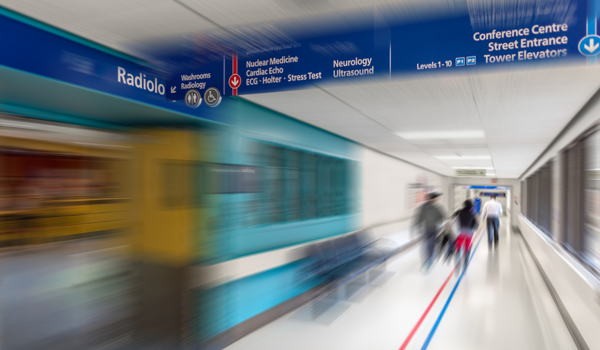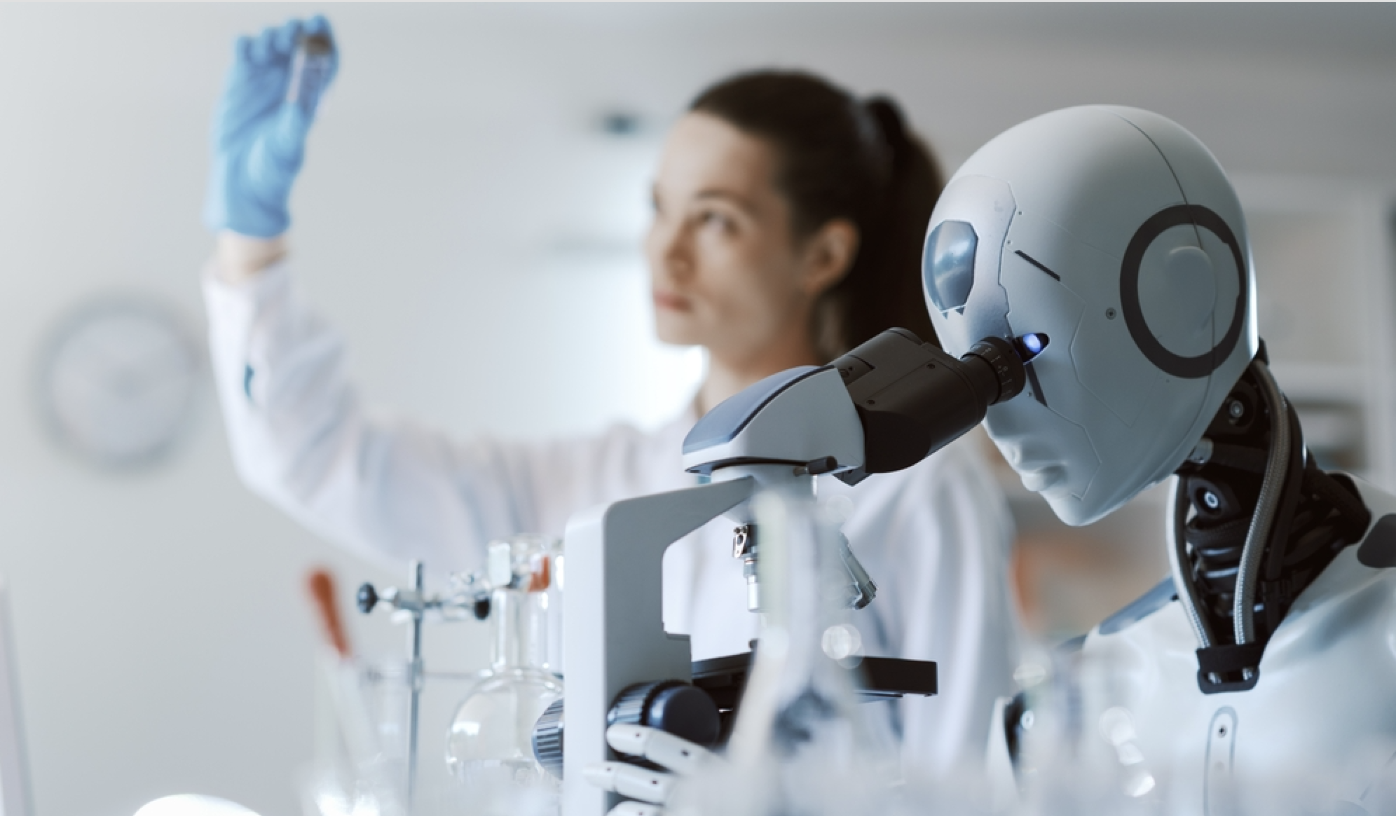


BANGALORE - Nuclear medicine (NM) is a burgeoning speciality playing a significant role in the precise diagnosis and treatment of patients of many life-threatening conditions like cancers. There are many similarities between NM and conventional precision medicine (CPM) as they follow similar principles, and most interventions are tailored at the individual level for the patients. They both serve patients and can help tailor treatment for each patient based on their disease status. They both make it very precise to manage the disease, minimizing the chances of side effects or treatment failure.
Nuclear medicine leverages nuclear/radioactive tracers or elements to diagnose and manage specific pathological conditions. The reliance on particular receptors and the resultant uptake of it makes the intervention (diagnostic or treatment) very precise and personalized for the patient. Special sensors around the patient pick up the radioactive tracer activity to locate and quantify the activity of the diseased tissue expressing the receptors (which bind with the radioactive tracers), e.g., FDG PET scans can be used for cancer diagnosis because the cells that are more metabolically active will appear much brighter on FDG-PET scan than normal cells. This brightness on the radiological images will be able to locate and quantify the pathology. The same data can be used for treatment modification and management of the patient. E.g., Radioactive Iodine is used for the destruction of thyroid cancer cells.
Conventional precision medicine is a fascinating medical specialty used by clinicians for many decades for patient treatment. This specialty depends on the patient's genetic and molecular activity and expression level. The gene-level activity differs from one person to another. Thus, this gene-level information is being used to diagnose and treat pathological conditions at an individual level based on the person's genetic makeup. A p
The content herein is subject to copyright by The Yuan. All rights reserved. The content of the services is owned or licensed to The Yuan. Such content from The Yuan may be shared and reprinted but must clearly identify The Yuan as its original source. Content from a third-party copyright holder identified in the copyright notice contained in such third party’s content appearing in The Yuan must likewise be clearly labeled as such. Continue with Linkedin
Continue with Linkedin
 Continue with Google
Continue with Google







 1240 views
1240 views










